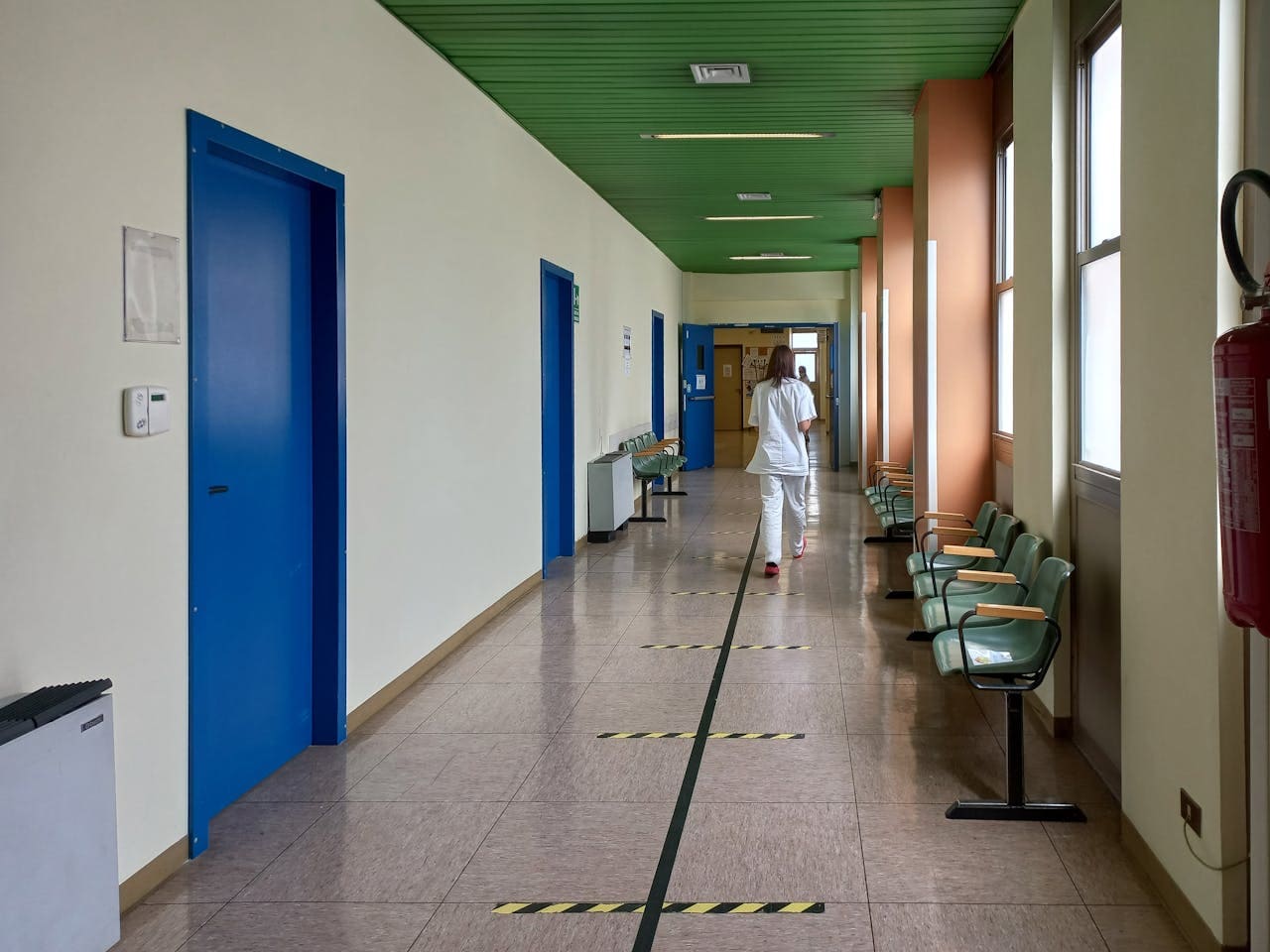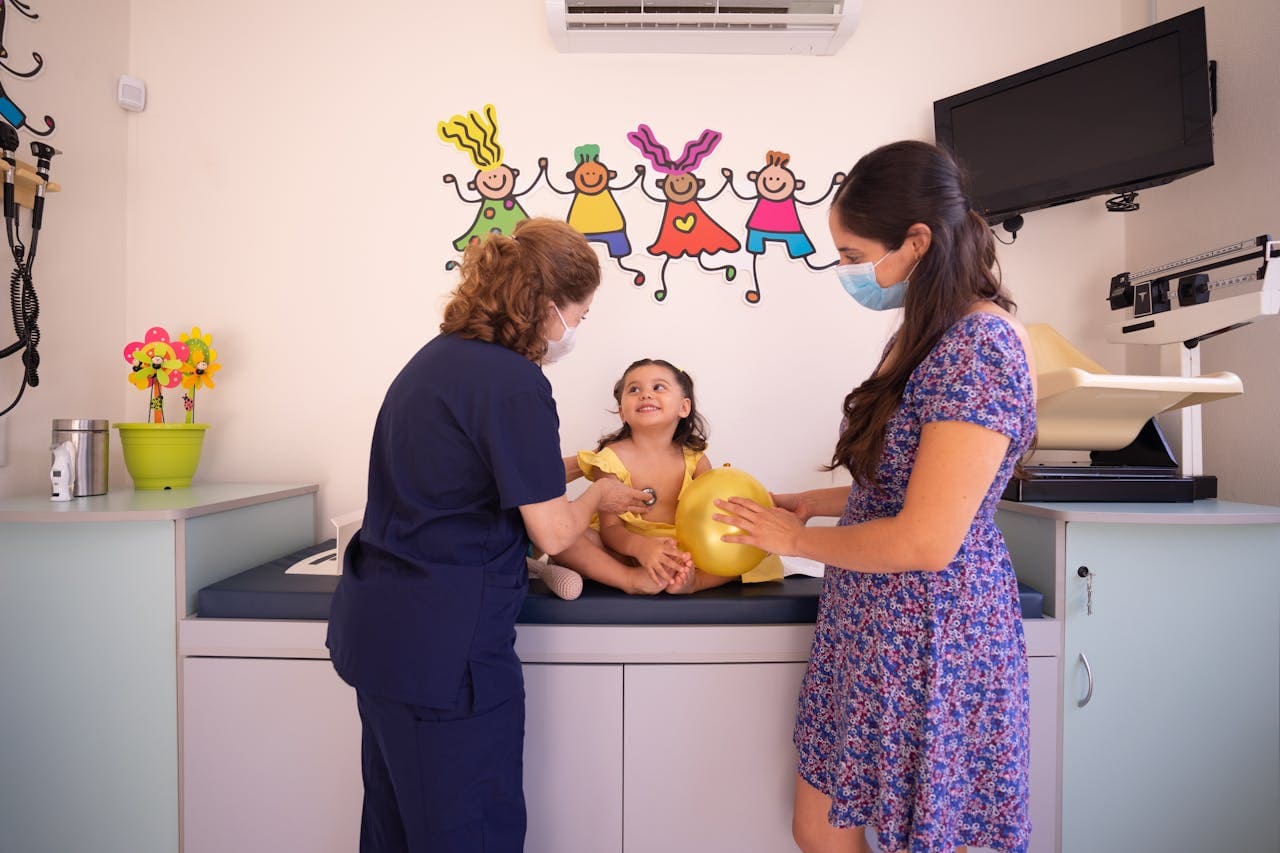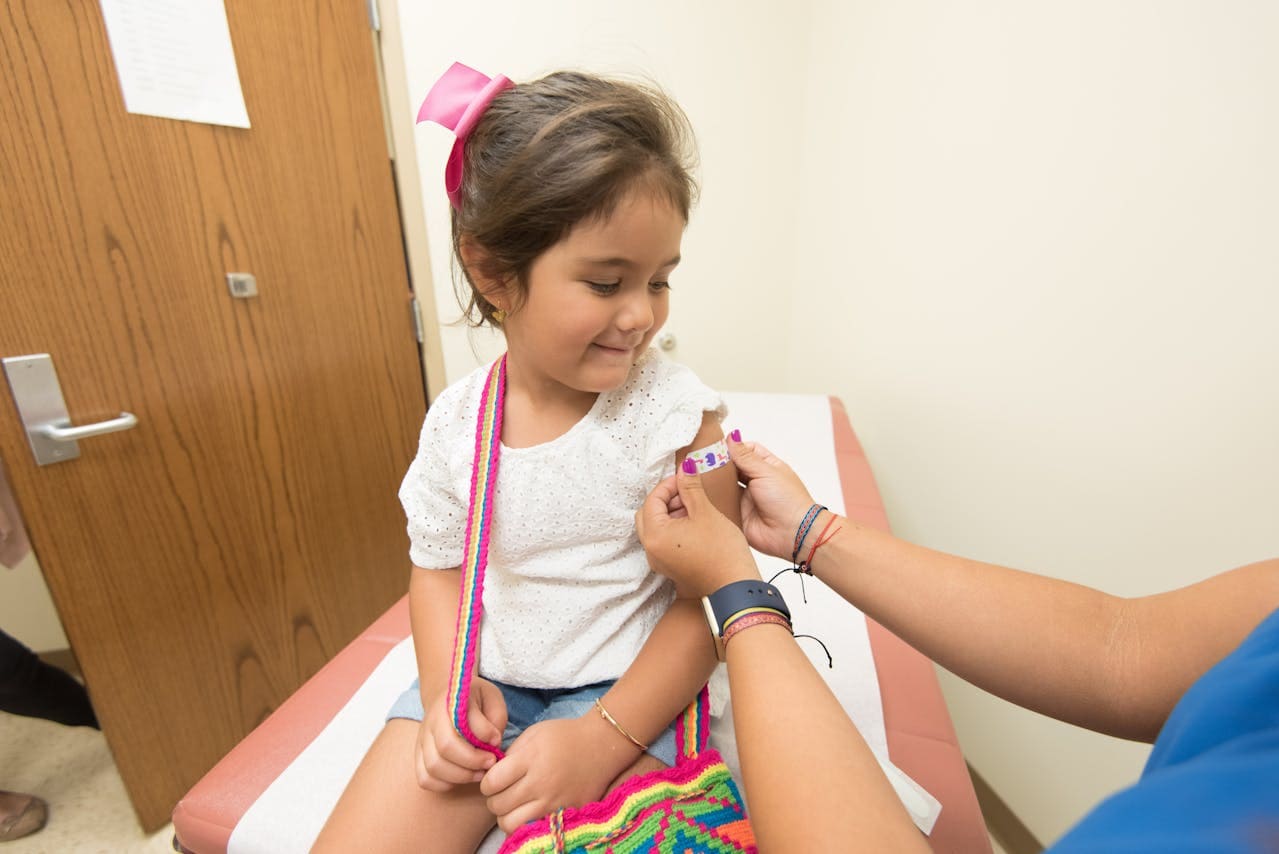
UTI treatment online
Fill out a short medical questionnaire. A licensed doctor will review your case and, if appropriate, issue a treatment plan with a prescription.
 No appointment or video call needed
No appointment or video call needed Medical review within 24 hours
Medical review within 24 hours Prescription valid in your country if approved
Prescription valid in your country if approved
How to get a UTI prescription online
Get private, prompt care for urinary tract infection symptoms. A licensed doctor reviews your request and issues a prescription if appropriate.

Note: Only a licensed doctor can make the treatment decision. If the request doesn’t meet safety standards or more evaluation is required, you’ll be advised to book a consultation. Payment is only charged if a prescription is issued.
Fast, reliable treatment for UTI symptoms
Quick, discreet medical care reviewed by a licensed doctor — no appointments, no waiting rooms.
Effective for common UTIs
Burning sensations, frequent urination or discomfort? Get prompt medical help.
Licensed doctor review
Each request is individually reviewed by a licensed physician.
No clinic visits required
Submit your medical questionnaire conveniently online at any time.
Quick response within hours
Most cases are reviewed within a few hours – maximum 24 hours.
Prescription if appropriate
Receive a personalised treatment plan and prescription, if clinically suitable.
Transparent pricing
Clear fixed fee — full refund if the doctor recommends another approach.
Urinary tract infections (UTIs): causes, symptoms, treatment & prevention
Learn what triggers a UTI, how to recognise the warning signs, and which evidence-based measures clear the infection and keep it from coming back.
What exactly is a urinary tract infection?
A urinary tract infection occurs when bacteria – most often Escherichia coli from the gut—enter the urethra and multiply in the bladder. The result is inflammation of the bladder lining, known clinically as acute cystitis. Although women are affected more frequently because of a shorter urethra, men can also develop UTIs, especially after age 50 or in the presence of prostate enlargement.
Bacteria may reach the urinary tract after sexual activity, improper wiping, or prolonged catheter use. Once in the bladder they adhere to the mucosa, forming a biofilm that the immune system struggles to clear without help. This explains why a seemingly mild infection can flare quickly.
Environmental and lifestyle factors also matter. Dehydration concentrates urine and slows its flow, giving microbes time to colonise. Tight synthetic underwear, delayed urination on long trips, or sudden chilling of the lower abdomen all create favourable conditions for bacterial growth.
Key signs and symptoms that mean it’s time to act
Classic UTI symptoms start with burning or stinging during urination (dysuria). Many people feel an incessant urge to urinate, yet pass only a few millilitres at a time. Urine may look cloudy, take on a strong odour, or contain streaks of blood — an early sign of mucosal irritation.
Lower-abdominal cramping or pressure just above the pubic bone is another hallmark. While mild discomfort may come and go, persistent pain signals active inflammation. Some patients notice the urge to void at night (nocturia) that disrupts sleep and worsens fatigue.
These symptoms rarely improve on their own. If burning and frequency last longer than 24 hours, medical evaluation is warranted. Timely therapy eradicates bacteria before they ascend to the kidneys and prevents unnecessary days of pain or missed work.
Why self-medication can backfire: the role of doctor-guided antibiotics
Internet forums abound with suggestions to “drink cranberry juice and wait it out”, yet random self-treatment is risky. Inadequate antibiotic choice or an unfinished course encourages bacterial resistance, making future infections harder to cure. Some over-the-counter pain relievers mask discomfort but allow the infection to spread silently.
A licensed physician selects therapy according to local resistance patterns, allergy history and co-existing illnesses. First-line agents (e.g. nitrofurantoin or fosfomycin) differ from broad-spectrum drugs used for respiratory infections. Proper dosing achieves bactericidal levels in urine while sparing gut flora.
Today many clinics accept a secure online medical questionnaire for uncomplicated UTIs in adults. By reviewing symptom onset, temperature, flank pain and pregnancy status, the doctor can safely prescribe targeted antibiotics or recommend an in-person visit if red flags appear.
What happens if a “simple” UTI is ignored
Untreated cystitis may progress to pyelonephritis, an infection of the kidneys characterised by fever >38 °C, flank pain and chills. Bacteria can enter the bloodstream, triggering sepsis that requires hospital care and intravenous medication.
Recurring bladder infections inflame the mucosa repeatedly, promoting scarring, urgency incontinence and reduced bladder capacity. Chronic inflammation also raises healthcare costs and diminishes quality of life through sleep disruption and anxiety about bathroom access.
Early, guideline-based therapy breaks this cascade. Studies show that prompt antibiotic treatment shortens symptom duration by 2–3 days and reduces the risk of kidney involvement by up to 90 %. Seeking help at the first signs is therefore both safer and cheaper than “watchful waiting”.
How to prevent UTIs from returning
Hydration remains the most effective everyday defence: 1 ½–2 litres of water daily dilutes urine and flushes out microbes. Urinating within 30 minutes after intercourse helps clear the urethra before bacteria adhere. For those prone to infections, switching to breathable cotton underwear and avoiding prolonged tight clothing lowers local warmth and moisture.
Timely voiding is just as important. Regularly “holding it in” for hours raises intravesical pressure and weakens immune response inside the bladder. Establishing a schedule—every 3–4 hours during the day—reduces residual urine volume where bacteria thrive.
If UTIs recur more than twice in six months, consult a physician. Possible strategies include a short nightly dose of antibiotics, vaginal oestrogen in post-menopausal women, or investigating structural anomalies via ultrasound. Personalised prevention turns sporadic infections into rare events instead of a monthly ordeal.
Remember: uncomplicated UTIs respond well to short-course, doctor-directed antibiotics. Completing a structured online questionnaire allows a licensed doctor to confirm typical symptoms quickly and begin evidence-based treatment — while ensuring more complex cases are directed to full evaluation without delay.



















Your guide to healthcare in Europe
Practical information for getting care while living, working, or travelling in Europe — all in one place.
Frequently asked questions about online UTI treatment and prescriptions
Quick answers to the most common queries about getting safe, doctor-approved antibiotic therapy for an uncomplicated urinary-tract infection.













